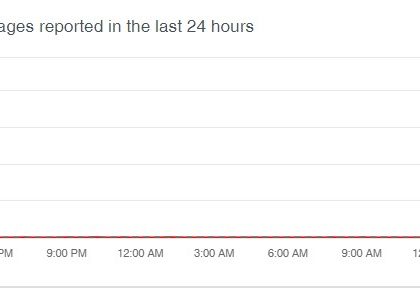Protecting against coronavirus themed phishing attacks [microsoft]
by CIRT Team
The world has changed in unprecedented ways in the last several weeks due to the coronavirus pandemic. While it has brought out the best in humanity in many ways, as with any crisis it can also attract the worst in some. Cybercriminals use people’s fear and need for information in phishing attacks to steal sensitive information or spread malware for profit. Even as some criminal groups claim they’ll stop attacking healthcare and nursing homes, the reality is they can’t fully control how malware spreads.
While phishing and other email attacks are indeed happening, the volume of malicious emails mentioning the coronavirus is very small. Still, customers are asking us what Microsoft is doing to help protect them from these types of attacks, and what they can do to better protect themselves. We thought this would be a useful time to recap how our automated detection and signal-sharing works to protect customers (with a specific recent example) as well as share some best practices you can use personally to stay safe from phishing attempts.
What Microsoft is doing
First, 91 percent of all cyberattacks start with email. That’s why the first line of defense is doing everything we can to block malicious emails from reaching you in the first place. A multi-layered defense system that includes machine learning, detonation, and signal-sharing is key in our ability to quickly find and shut down email attacks.
If any of these mechanisms detect a malicious email, URL, or attachment, the message is blocked and does not make its way to your inbox. All attachments and links are detonated (opened in isolated virtual machines). Machine learning, anomaly analyzers, and heuristics are used to detect malicious behavior. Human security analysts continuously evaluate user-submitted reports of suspicious mail to provide additional insights and train machine learning models.
Once a file or URL is identified as malicious, the information is shared with other services such as Microsoft Defender Advanced Threat Protection (ATP) to ensure endpoint detection benefits from email detection, and vice versa.
An interesting example of this in action occurred earlier this month, when an attacker launched a spear-phishing campaign that lasted less than 30 minutes.
Attackers crafted an email designed to look like a legitimate supply chain risk report for food coloring additives with an update based on disruptions due to coronavirus. The attachment, however, was malicious and delivered a sophisticated, multi-layer payload based on the Lokibot trojan (Trojan:Win32/Lokibot.GJ!MTB).
For more, click here.
Recommended Posts

Training on cybersecurity awareness for Department of Women Affairs
25 Nov 2023 - Articles, English articles, News, News Clipping, Service











